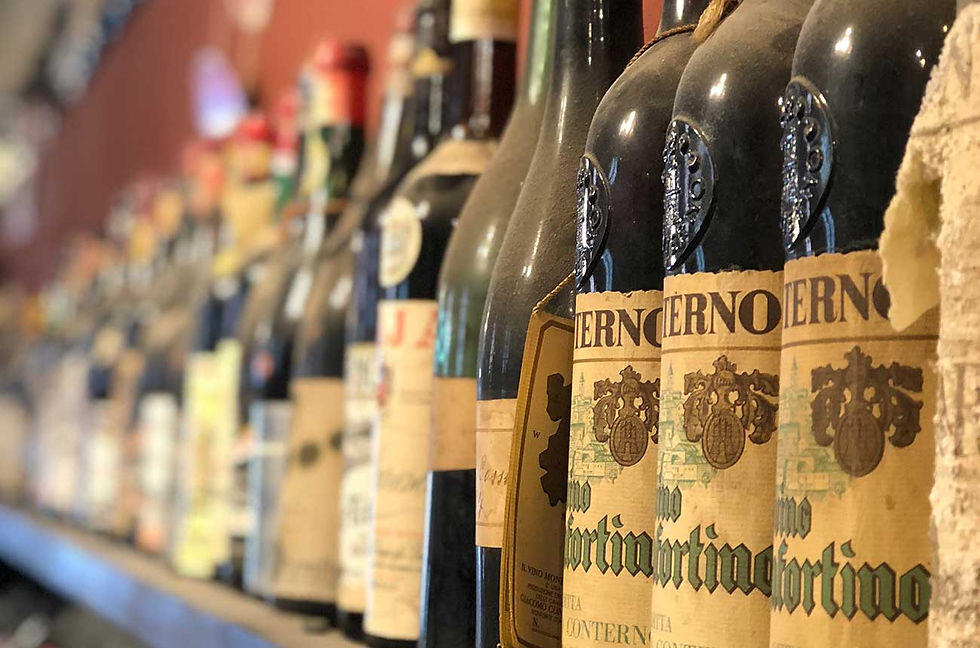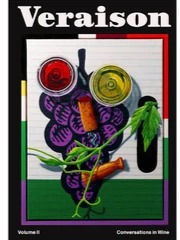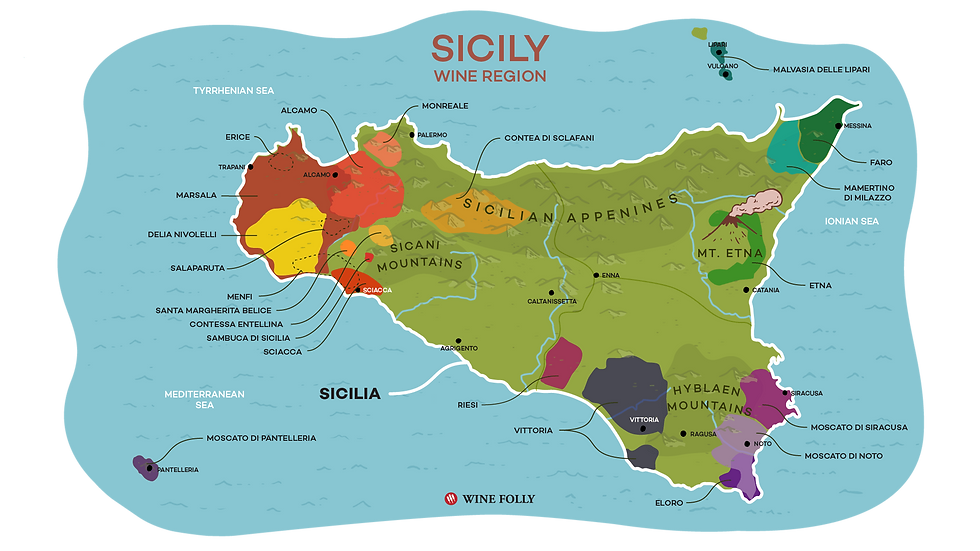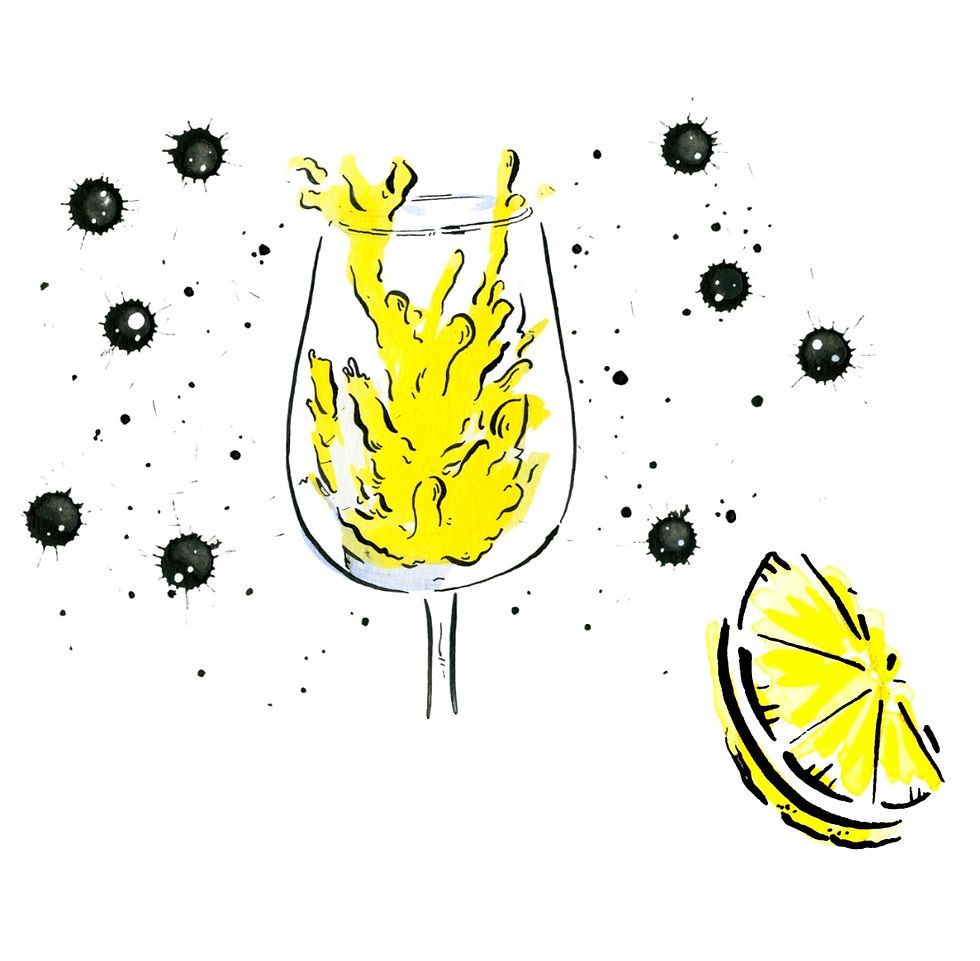Wine, like every product, is subject to trends. Marry this with supply and demand and, basically, when consumer interest in a particular region or winery increases, so does pricing.
A wine is good value? It sells out. The next release is $2 more. It sells out again and the cycle repeats until what was once a giant slayer becomes the giant itself. You either die a hero, or live long enough to become the villain.
Look at Australia's most famous wine, Penfolds Grange. The 1971 vintage was initially sold at $12. Adjusting for inflation, that's about $140 in today's coin. Obviously that's still expensive but it's still within the realm of reason for most interested adults. The 2018 vintage, though, has a whopping RRP of $950. That's an increase of 680% over 47 vintages.

It isn't just Penfolds. Barolo was 'rediscovered' in the 1980s, right where it had always been, and prices skyrocketed. Beaujolais, once endearingly called 'poor man's Burgundy' is now decidedly lower-middle class. And, as much I enjoy alliteration, I might scream the next time I hear someone say 'bang-for-buck Bordeaux.'
And I get it. I really do. In a capitalist market, these prices simply wouldn't exist unless they reflected some sense of quality, prestige or calibre. I understand that.
But the mentality of the industry simply has to change. What was held up as a relatively affordable hero wine forty years ago is now anything but. For Millennial and Gen Z drinkers, they're now 'wines to try before you die' and, ironically, paying for them might actually kill us. We'd rather eat.
Just like we're told that the solution to rental stress is to simply buy a house (thanks, Boomer), we're also told that we will never truly know what we're talking about until we have tried these highly priced and iconic wines like Domaine Romanee Conti. That'll be $6000, thanks.
In fairness, when planets align, these Big Serious wines are on tasting at Big Serious trade shows. Hordes of industry staff are unleashed and race to get a glimpse of something potentially magical. But the crowds are fierce. After waiting patiently in line, getting our toes trod on and our backs elbowed, the wine has always run dry by the time we get to the front.

And even if we did try them, it's our professional duty to find value for our customers. This means that the more expensive a wine is, the more critical we have to be. Where's the value in a First Growth, when there is other Bordeaux just as good at a fraction of the cost?
So, after we've done the training, been certified by the WSET and obeyed all the rules which have been laid down before us, the older generation still has the nerve to scoff at us, saying well, you clearly haven't tried a 1974 Chateau Lafite.
No. We haven't. Of course we haven't. When would we? Fuck right off.
These wines might be the giants, but there is a new generation of winemakers, drinkers and professionals who are ready to take them on. What wines are they drinking? Where does the modern and young wine professional see the magic?
As much as I would love to rant about the dollar-to-value ratio I see in fortified wines, I thought it would be best to ask some colleagues what wines they think are most worth it.
Here are their answers.
Moira Tirtha – Editor and Creative Director at Veraison Magazine
Natty' Australian Chardonnay!

I am using 'natty' kind of ironically here. When it comes to value, it’s hard to look past some stellar Australian Chardonnay that has been made using natural winemaking practices, native yeast ferment and going to bottle unfiltered and unfined. Unlike Burgundies, it's rare to find Australian Chardonnay over $100 and the ones that float around the $40-$60 mark are typically punching well over their weight. If they're farmed well, speak to place and have that Australian wine style fingerprint they can be really special. I’m talking about Chardonnay like Luke Lambert's Yarra Valley, John Nagorcka’s Tarrington, or Dilworth and Alain’s Macedon Ranges. They make a table of people go ‘oh yeah, wow, Australian wine is really something’.
They’ve got that New World point of interest as well, a new age approach to oxidative handling, and great flintiness. They’re never boring!
Lauren Langfield – Winemaker at Lauren Langfield and Orbis
For me, the wine region which offers the greatest enjoyment to price ratio has to be the Loire.
I always come back to the Loire when I'm looking for a really tasty midweek bottle of wine. I can enjoy them with friends, and I know the bottle will be empty in a flash. It's also easy to find affordable wines which are really great quality, which are farmed organically or biodynamically, and made by families who've been doing it for generations.
There's plenty to choose from with lots of fantastic textural whites, like Sav Blanc, Chenin Blanc and Muscadet, or delicious lighter reds like Gamay and Cabernet Franc. There's no need to spend a fortune on these wines, and I always enjoy drinking them!
Noah Ward – Unico Zelo Brand Ambassador, Professional Parallel Parker and Spittoon User
One of the joys of doing Wine for the People is being able to see wines without any context and uncover some hidden gems. For the most part, the value for money really hits when you don't stray too far from home. I'm a passionate advocate for domestic drinking.

There are some belter wines from the Adelaide Hills where I'm based, from some epic $30 Grüner Veltliner like CRFT, good medium-priced Shiraz like Murdoch Hill's Landau, or even $80-$100 wines like BK Wines and Ashton Hills. I've gotta shout out to our "alternative varieties" kinfolk - La Prova Fiano kicks all kinds of ass at $28, and the Gentle Folk Sangiovese is probably the best wine I've drunk this year. It's only $40. Internationally, the sheer value for money coming from Sicily never ceases to amaze me. A good $20 Grillo Bianco can look like Chablis. There are always a few bottles of Donnafugata Nero D'avola kicking around here for some chuggable tumbler wines, and the upper echelons like Occhipinti or COS are simply mindblowing. They have great vitality and freshness, but also the complexity and intrigue of Burgundy at a fraction of the price.
Harry Seville – Wine Seller Extraordinaire
At the moment, the best value wines in the market seem to be from established regions, but not necessarily established grapes. Think of McLaren Vale Grenache, which makes up roughly 6% of the plantings. You've also got Swan Valley Chenin Blanc and Shiraz from the Yarra or Frankland River.
There is also global warming to consider. We've had to adapt faster than we normally would so some winemakers are thinking 30 or 40 years in the future, not in the past. There’s no point investing a fortune on making your Cabernet vineyard environmentally friendly when 'alternative' varieties can do the same thing for less cost. And environmentally friendly wine shouldn't have to cost you. The Chalmers Family and their new bush vine Inzolia and Negroamaro from Murray Darling are great examples of this. The vines are essentially dry grown, which is unheard of in that part of the world, and saves on irrigation costs. This is where true value lies.
Courtney Tate – Acidity Chaser and Wine Specialist
The wines and regions that I constantly think are worth it are always the wines that I've taken a chance on. Perhaps this is just the thrill of chase! But, as much as Chardonnay and Riesling excite me, it's the Loire that I would happily have on my wine labels for the rest of time.

Chenin Blanc shares the aspects I love about Chardonnay and Riesling, but with more range and excitement. It's also still well within my Villages-level budget. I'm always stoked to find a dryer style Vouvray that's priced as the understudy rather than the star. Savennieres, even at the more premium end, still represents far better value than Burgundies of comparable quality. I also adore acidity, and Chenin's ability to hold acidity, flavour and texture never ceases to entertain me. If I'm dipping my toe into Loire Valley reds, there is so much to explore and engage with between the Pineaus, Gamays and, of course, Cabernet Franc.
Michelle Thompson – Bleeding Barrels and Hater of Brett(anomyces)
This is hard to answer without being prejudiced in some way. I really wouldn't write off any style, producer, region, variety or price point. Everything has a context and, to me, this is the great joy of the wine world.
I believe that the “Old World” (I hate that term) wines and Aussie icons that led the way are still worth the money. I hyperventilated when I saw my father-in-law's cellar. It's filled with carefully aged Hill of Grace, Cullens, vintage Krug, Cristal, French classics and more. But he likes his Chardonnays almost brown and his reds dusty. For him, it’s worth it. For me, it’s a bloody heart attack!

Talking about the “New World” (I hate that term, too), I think Blewitt Springs Grenache is awesome, especially if it's made in a Rhone style. This interpretation is incredible - you can pay $24 can get something which holds up against a $200 bottle. Grenache is just a perfect balance of spice and bright fruit, filled with texture and tannin, all while being totally slurpable. But, on the other hand, I wouldn't cellar them for the long term. Oh! And also Picpoul. It's gorgeous when made in a fresh, minimal Riesling style.
There you have it, folks. I'm thrilled by these answers. Young professionals are clearly keen on exploring and, hopefully, that filters down to the drinkers they're selling to. I hope that this interest continues over the years. But, maybe, this sense of value comes from being ahead of the curve. Maybe, in 40 years, new writers will be angry about the high prices of Sicilian wines after years of growing prices.
I think this is unlikely. There are thousands of varieties and regions out there. If we like variety, there is plenty to explore and not enough time to do it. I doubt we'll settle on a handful of regions and, instead, we'll celebrate wines for their diversity and not for their reputation.
But, for now, I'm taking some advice and stocking up on Loire Valley wines.


Comments